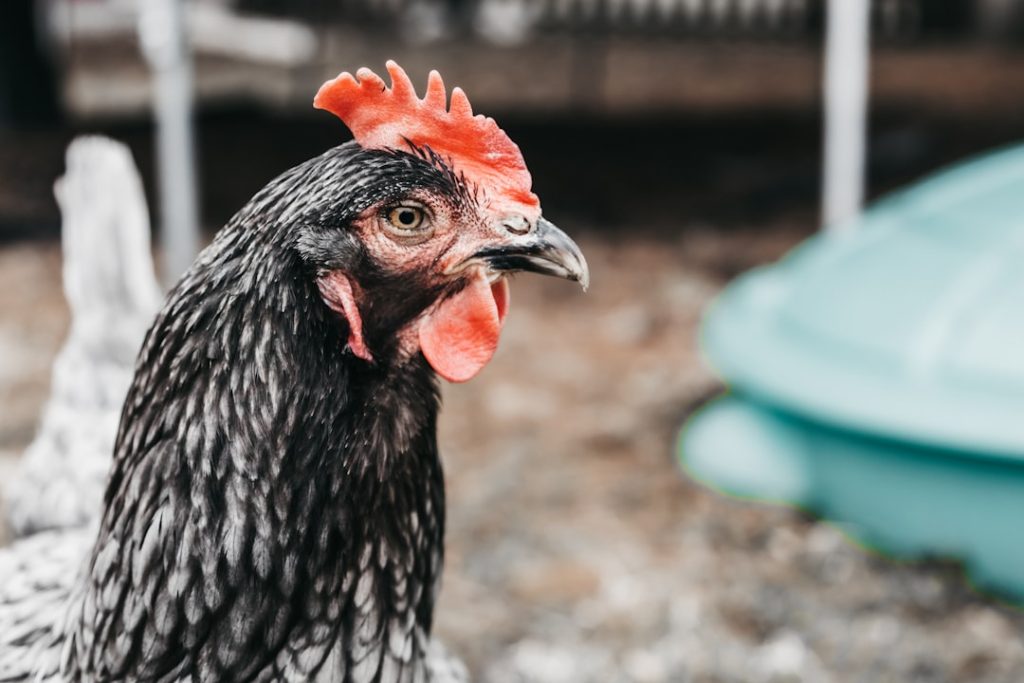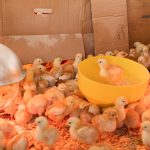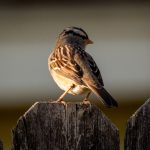Birds possess an innate drive to fly, which is crucial for their physical and psychological health. Flight serves multiple purposes for birds, including predator evasion, foraging, and environmental exploration. Many avian species rely on flying as a primary form of exercise and a means to maintain their physical condition.
When deprived of the ability to fly, birds may experience stress, anxiety, and depression. These negative emotional states can manifest in various behavioral problems, such as aggression, feather plucking, and self-injurious behaviors. In their natural habitats, birds have unrestricted freedom to fly.
However, in captivity, their flight capabilities are often limited. It is essential for those who keep birds as pets to recognize and accommodate their instinctual need for flight. By providing opportunities for birds to engage in this natural behavior, owners can create a more stimulating and satisfying environment for their avian companions.
Understanding and respecting birds’ innate desire to fly allows caretakers to better address the needs of these animals and promote their overall well-being in captive settings.
Table of Contents
Key Takeaways
- Birds have an instinct to fly, which is important for their physical and mental well-being.
- Clipping a bird’s wings should be done carefully and only if necessary, as it can affect their ability to exercise and explore.
- Providing birds with adequate space and enrichment, such as toys and perches, can help satisfy their natural instincts and prevent boredom.
- Installing a covered run can give birds a safe outdoor space to exercise and explore without the risk of flying away.
- Using deterrents, such as visual or sound-based methods, can help keep birds away from areas where they are not wanted.
- Training and positive reinforcement can help birds learn to stay in designated areas and discourage unwanted flying behavior.
- Seeking professional help from a veterinarian or animal behaviorist can provide guidance and support for addressing specific bird behavior issues.
Clipping wings
The Process of Wing Clipping
Wing clipping involves trimming the primary feathers on one or both wings to limit a bird’s ability to achieve lift and fly. This method can be effective in preventing birds from flying away or getting into dangerous situations.
Potential Drawbacks of Wing Clipping
However, wing clipping can cause stress and anxiety for birds, as it goes against their natural instinct to fly. It can also affect their balance and coordination, making it difficult for them to move around and exercise properly. Bird owners must carefully consider whether wing clipping is the best option for their bird.
Safe and Humane Wing Clipping Practices
If wing clipping is deemed necessary, it should be done by a professional who can ensure that it is done safely and with minimal discomfort for the bird. Additionally, bird owners must provide alternative forms of enrichment and exercise for their birds to compensate for the loss of flight. This can include providing climbing structures, toys, and opportunities for supervised outdoor time.
Providing adequate space and enrichment
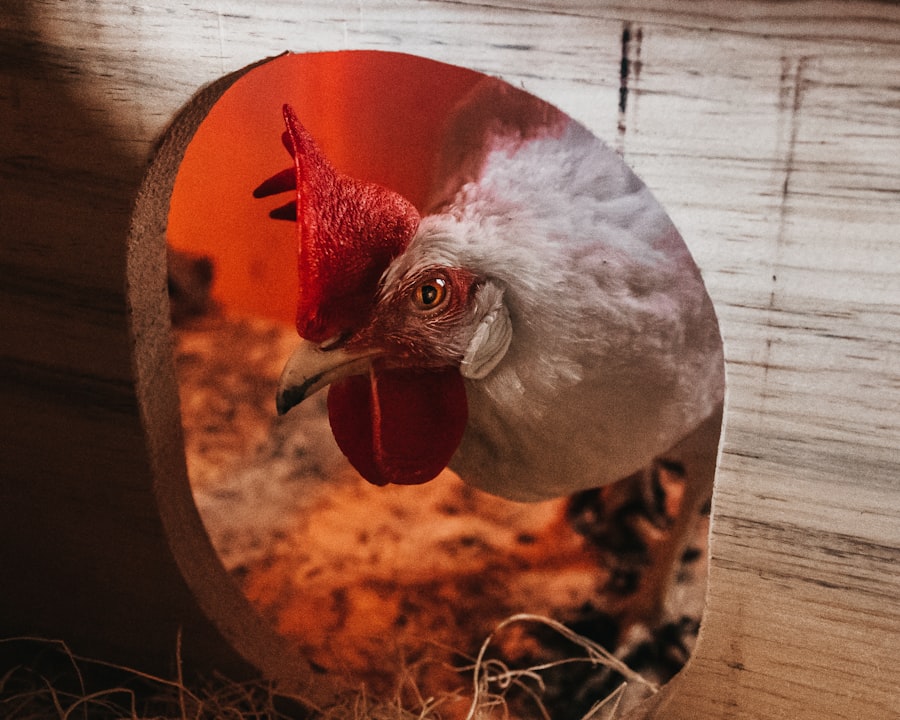
In order to meet the natural instinct of birds to fly, it is important for bird owners to provide adequate space and enrichment in their living environment. Birds need space to move around, stretch their wings, and exercise their muscles. A spacious cage or aviary that allows for plenty of room to fly short distances can help fulfill this need.
Additionally, providing perches at varying heights and materials can encourage birds to climb and explore their environment. Enrichment activities are also important for fulfilling the instinctual need for flight. This can include providing toys that encourage physical activity, such as swings, ladders, and ropes.
Birds also benefit from mental stimulation, so providing puzzle toys and foraging opportunities can help keep them engaged and active. Outdoor aviaries or supervised outdoor time can also provide birds with the opportunity to experience natural sunlight and fresh air while engaging in natural behaviors such as flying. In order to meet the natural instinct of birds to fly, it is important for bird owners to provide adequate space and enrichment in their living environment.
Birds need space to move around, stretch their wings, and exercise their muscles. A spacious cage or aviary that allows for plenty of room to fly short distances can help fulfill this need. Additionally, providing perches at varying heights and materials can encourage birds to climb and explore their environment.
Enrichment activities are also important for fulfilling the instinctual need for flight. This can include providing toys that encourage physical activity, such as swings, ladders, and ropes. Birds also benefit from mental stimulation, so providing puzzle toys and foraging opportunities can help keep them engaged and active.
Outdoor aviaries or supervised outdoor time can also provide birds with the opportunity to experience natural sunlight and fresh air while engaging in natural behaviors such as flying.
Installing a covered run
For bird owners who want to provide their feathered friends with the opportunity to fly outdoors in a safe and controlled environment, installing a covered run can be a great option. A covered run provides birds with a secure outdoor space where they can stretch their wings and experience natural sunlight and fresh air without the risk of escaping or being exposed to predators. When designing a covered run for birds, it is important to consider the size and materials used.
The run should be large enough to allow birds to fly short distances and should be constructed with durable materials that are safe for birds. Providing perches, climbing structures, and toys within the run can also help encourage birds to engage in natural behaviors such as flying and exploring their environment. For bird owners who want to provide their feathered friends with the opportunity to fly outdoors in a safe and controlled environment, installing a covered run can be a great option.
A covered run provides birds with a secure outdoor space where they can stretch their wings and experience natural sunlight and fresh air without the risk of escaping or being exposed to predators. When designing a covered run for birds, it is important to consider the size and materials used. The run should be large enough to allow birds to fly short distances and should be constructed with durable materials that are safe for birds.
Providing perches, climbing structures, and toys within the run can also help encourage birds to engage in natural behaviors such as flying and exploring their environment.
Using deterrents
In some cases, bird owners may need to use deterrents to prevent their birds from flying into certain areas or getting into dangerous situations. This can include using visual deterrents such as reflective tape or hanging objects that move in the wind near windows or other areas where birds may try to fly into. It can also involve using sound deterrents such as ultrasonic devices that emit high-frequency sounds that are unpleasant for birds.
It is important for bird owners to use deterrents that are safe and humane for their birds. Deterrents should not cause harm or distress to the birds but should simply discourage them from flying into certain areas or engaging in unwanted behaviors. Additionally, it is important for bird owners to provide alternative options for their birds so that they can fulfill their natural instinct to fly in a safe and enriching way.
In some cases, bird owners may need to use deterrents to prevent their birds from flying into certain areas or getting into dangerous situations. This can include using visual deterrents such as reflective tape or hanging objects that move in the wind near windows or other areas where birds may try to fly into. It can also involve using sound deterrents such as ultrasonic devices that emit high-frequency sounds that are unpleasant for birds.
It is important for bird owners to use deterrents that are safe and humane for their birds. Deterrents should not cause harm or distress to the birds but should simply discourage them from flying into certain areas or engaging in unwanted behaviors. Additionally, it is important for bird owners to provide alternative options for their birds so that they can fulfill their natural instinct to fly in a safe and enriching way.
Training and positive reinforcement
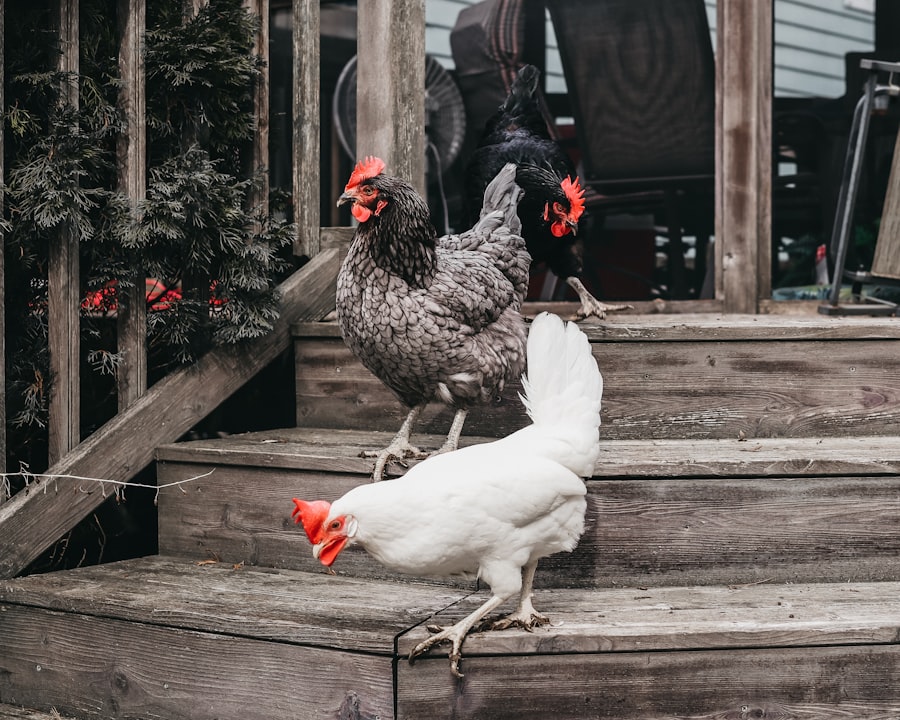
Redirecting Flight Behavior
Training can be an effective way to manage a bird’s flight behavior in a positive way. By using positive reinforcement techniques such as clicker training or target training, bird owners can teach their birds desired behaviors while also providing mental stimulation and enrichment. Training can help redirect a bird’s natural instinct to fly towards more appropriate activities while strengthening the bond between the bird and its owner.
The Power of Positive Reinforcement
Positive reinforcement involves rewarding desired behaviors with treats or praise, while ignoring or redirecting unwanted behaviors in a gentle manner. By consistently using positive reinforcement techniques, bird owners can help shape their bird’s behavior in a way that is both effective and respectful of the bird’s natural instincts.
Effective Training Techniques
By using positive reinforcement techniques such as clicker training or target training, bird owners can teach their birds desired behaviors while also providing mental stimulation and enrichment. Training can help redirect a bird’s natural instinct to fly towards more appropriate activities while strengthening the bond between the bird and its owner.
Seeking professional help if needed
If a bird’s flight behavior becomes problematic or if a bird owner is struggling with managing their bird’s flight instincts, it may be necessary to seek professional help. A certified avian veterinarian or an experienced avian behaviorist can provide guidance on managing flight behavior in a safe and effective way while also addressing any underlying health or behavioral issues that may be contributing to the problem. Professional help may involve conducting a thorough assessment of the bird’s environment, behavior, and overall well-being in order to develop a tailored plan for managing flight behavior.
This may include recommendations for enrichment activities, training techniques, or modifications to the bird’s living environment in order to better meet its needs. If a bird’s flight behavior becomes problematic or if a bird owner is struggling with managing their bird’s flight instincts, it may be necessary to seek professional help. A certified avian veterinarian or an experienced avian behaviorist can provide guidance on managing flight behavior in a safe and effective way while also addressing any underlying health or behavioral issues that may be contributing to the problem.
Professional help may involve conducting a thorough assessment of the bird’s environment, behavior, and overall well-being in order to develop a tailored plan for managing flight behavior. This may include recommendations for enrichment activities, training techniques, or modifications to the bird’s living environment in order to better meet its needs. In conclusion, understanding the instinctual need for flight in birds is essential for providing them with an enriching and fulfilling living environment.
Whether through providing adequate space and enrichment within the home or installing a covered run outdoors, there are many ways that bird owners can support their feathered friends’ natural instincts while keeping them safe from harm. Using deterrents when necessary should always be done in a humane manner that respects the well-being of the birds involved. Training techniques based on positive reinforcement can help manage flight behavior in a respectful way that strengthens the bond between birds and their owners.
And when needed, seeking professional help from avian veterinarians or behaviorists can provide valuable guidance on managing flight behavior while addressing any underlying health or behavioral issues.
If you’re looking for tips on how to keep your chickens from flying, you might also be interested in learning about the importance of a secure chicken coop. Check out this article on chicken coop design in Grand Island, NE for some helpful insights on creating a safe and comfortable environment for your feathered friends.
FAQs
What are the reasons chickens fly?
Chickens may fly to escape predators, roost in trees, or explore their surroundings. Some chicken breeds are more prone to flying than others.
How can I prevent my chickens from flying?
To prevent chickens from flying, you can clip their flight feathers, provide a spacious and secure coop, and trim any trees or structures that they may use to gain height for flying.
Is it safe to clip my chickens’ flight feathers?
Clipping a chicken’s flight feathers is a safe and painless procedure when done correctly. It prevents the chicken from gaining enough lift to fly, but still allows them to glide to safety if needed.
What are some ways to make my chicken coop more secure?
You can make your chicken coop more secure by adding a roof or netting to prevent chickens from flying out, reinforcing the fencing, and ensuring that there are no gaps or openings for them to escape through.
Are there any chicken breeds that are less likely to fly?
Yes, some chicken breeds, such as heavy-bodied breeds like Orpingtons and Brahmas, are less likely to fly due to their size and weight. It’s important to research the specific breed of chicken you have to understand their flying tendencies.
Meet Walter, the feathered-friend fanatic of Florida! Nestled in the sunshine state, Walter struts through life with his feathered companions, clucking his way to happiness. With a coop that’s fancier than a five-star hotel, he’s the Don Juan of the chicken world. When he’s not teaching his hens to do the cha-cha, you’ll find him in a heated debate with his prized rooster, Sir Clucks-a-Lot. Walter’s poultry passion is no yolk; he’s the sunny-side-up guy you never knew you needed in your flock of friends!

